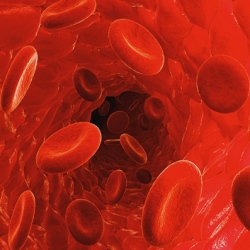
The destruction of the pancreatic cells that leads to type 1 diabetes arises when the body’s own immune cells identify them as foreign targets and begin to attack them. But a new technique using tiny particles to mimic the form and function of the pancreatic cells is showing promise in halting the onset of the condition.
The work undertaken by scientists from the Germans Trias i Pujol Research Institute and Catalan Institute for Nanoscience and Nanotechnology in Spain explores the potential for a type 1 diabetes vaccine. To start out with, the team developed an immunotherapy technique where the body’s immune cells are extracted, modified and then re-injected. This is similar to a method used in promising rheumatoid arthritis research we covered last week, but it has major drawbacks in that it is both expensive and complicated.
The researchers say they have now come up with a more practical method that yields the same results in mice. It concerns liposomes that feature an external fat membrane much like a regular cell. These measure 0.5 to one micron in diameter. The liposomes are made in the laboratory and designed to replicate the dying beta cells in the pancreas, which characterize type 1 diabetes. By introducing them to the body, the researchers found that they were effective in stopping the immune cells from destroying the beta cells and rendered the body able to tolerate their presence.
